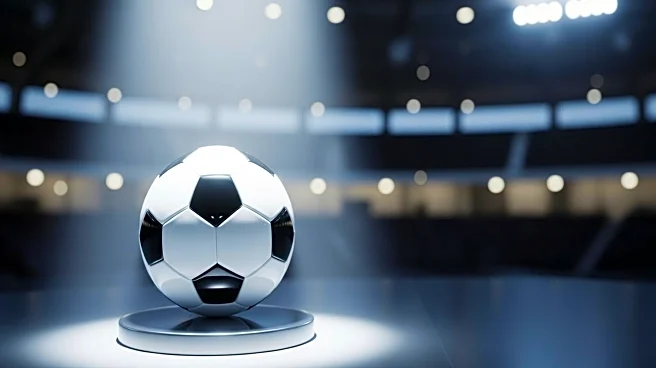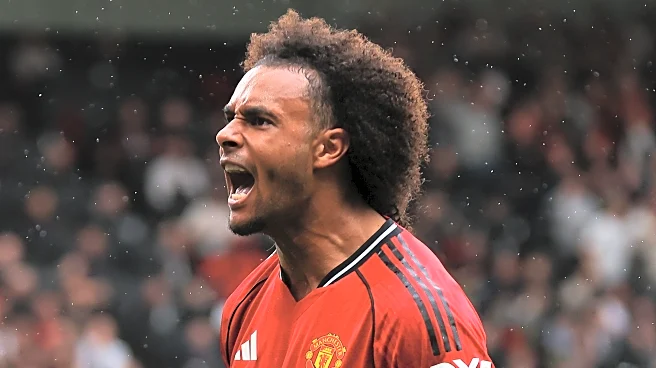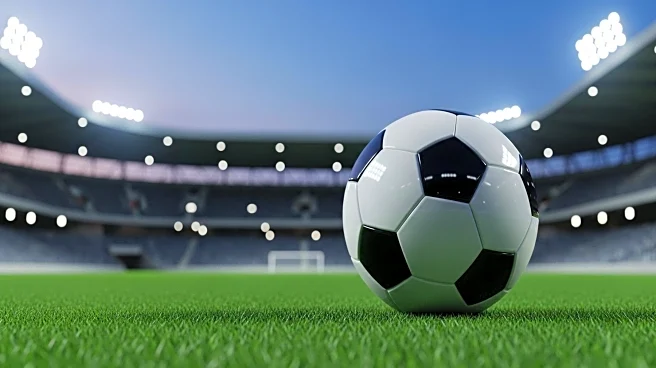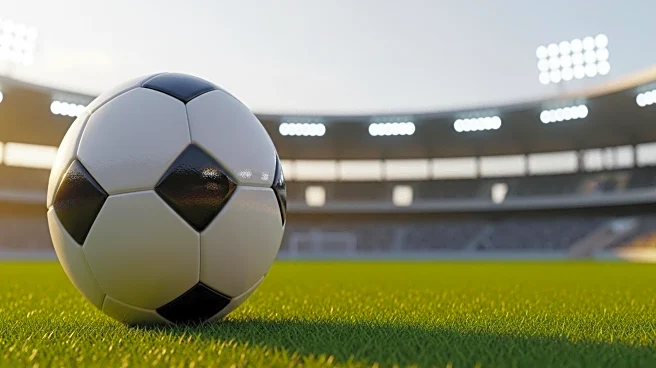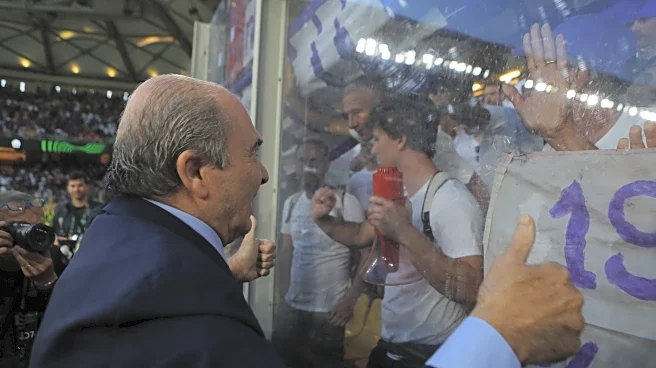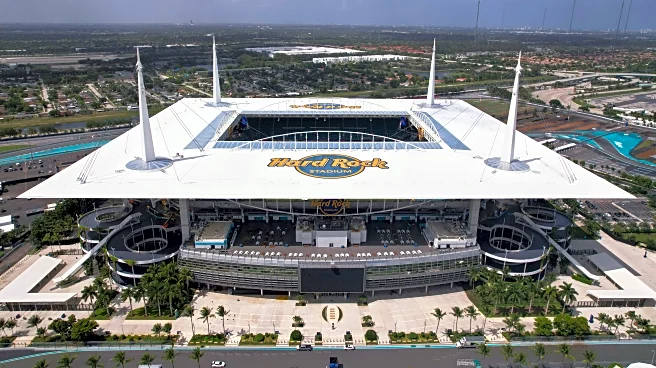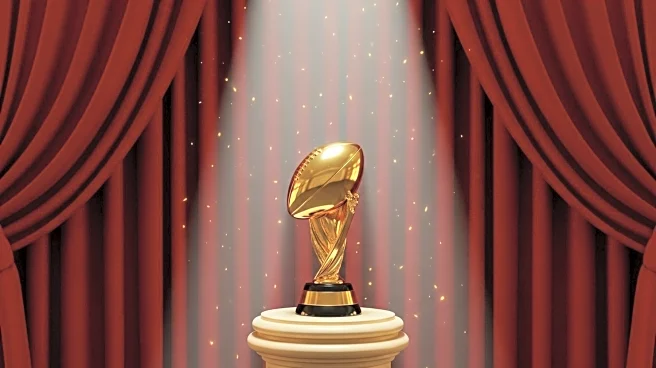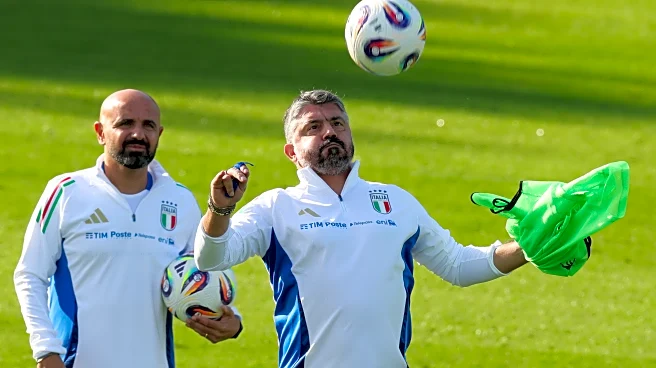We’ve spent 2 months watching Fiorentina flail around and slowly sink underwater. Whatever Stefano Pioli has tried has failed, with one brief exception. During the first half of the Como game, the Viola,
deployed in a 4-4-2, demonstrated flashes of competence. Yes, it was against a bad team. Yes, it relied on the element of surprise. Yes, it fell apart after halftime. But for a moment, it looked like Pioli had found a solution.
Since then, it’s been a return to the 3-5-2 and, aside from a scrappy win over a clearly overmatched Sigma in the Conference League, it’s been endless despair and even if the club isn’t feeling any pressure, it’s time to try something new. Just like Fiorentina took off last year when Raffaele Palladino ditched his 3-4-2-1 and tried a 4-4-2ish setup, maybe that’s all the Viola need.
The trouble, of course, is that this team doesn’t have any wingers. After spending 2 years getting rid of wide attackers—Nico González, Riccardo Sottil, Jonathan Ikoné—Fiorentina has nobody on the roster who’s a natural in that role. That leaves Pioli with the difficult task of wedging guys into unfamiliar jobs and getting the best out of them.
I’m not interested in discussing the overall strategy that’s stripped the cupboard of options here; we’re all familiar with Daniele Pradè‘s body of work. Instead, here are the guys Pioli could shoehorn into these positions to tide the team over to January, when the club could go out and acquire some honest-to-god wingers.
The fullbacks
It’s not uncommon for fans to look at an attack-minded fullback and wonder whether they could play higher up. After all, wingers are usually quick and technical, and a lot of modern fullbacks have those qualities. It works in FIFA so what’s to keep it from working in real life?
Well, real life, that’s what. A good winger isn’t just a fast guy who can dribble a bit. A lot of the job is receiving the ball with a defender on his back, and that’s as difficult a skill to teach as any in the game. Some people have it and some people don’t. The rare exception—Gareth Bale, Juan Manuel Vargas (and I’m delighted to mention them in the same sentence)—is a rare exception for a reason. It’s the same reason that a centerback who’s good on the ball stays at centerback instead of moving into midfield: it’s where they belong.
We’ve seen this dynamic with countless Viola fullbacks, from Pol Lirola and Bruno Gaspar to the current crop. Dodô, for example, is a marvelous player. There’s a reason, though, that going back to his Coritiba days, that he’s always been a rightback, and that’s because it’s where he should play. If every coach who’s spent all day working with him and thinking about how to get the best out of him agrees that he’s a rightback, then he’s a rightback.
The same goes for Robin Gosens and Fabiano Parisi. Gosens is a fullback (rather, a wingback) because he’s an off-ball player whose greatest skill is his positioning and movement, offering a unique aerial threat on the wing and at the back post. Parisi, on the other hand, is a dribbler, but he needs space to charge into and build up a head of steam, space that he doesn’t get if he’s tightly marked. It’s why he’s always looked best against teams that have pushed players forward, leaving gaps for Fabi to attack. He can’t do the same against a deep block.
Niccolò Fortini is the wild card. He played on the wing at youth level but has mostly operated as a wingback or fullback in the past couple of years. His age means that he’s still pliable and it could be worth testing his ability to play higher up, especially since his physical characteristics allow him to compete with more robust opponents. He lacks the guile and technical ability to consistently threaten, but if given a very simple set of responsibilities—hold the width, run simple lines, make 1 of 3 passes—he might be able to do a job.
The midfielders
Shifting a box-to-box midfielder to the wing fixed Palladino’s troubles last year; Edoard Bove wasn’t the team’s best player before his medical issue but he was its most important, stitching together various areas of the pitch with his energy and intelligence. The acquisition of Michael Folorunsho was supposed to replicate that impact but Big Mike, alas, isn’t the same player as Edo, and Palladino thus abandoned his 4-4-2.
Sliding a midfielder onto the wing doesn’t usually offer a goal threat or even a creative hub out wide, but it worked for Palladino’s Fiorentina because Bove pinched in, offering another body in the middle and encouraging Gosens forward on the overlap while still fulfilling his defensive duties. Fiorentina doesn’t currently have a double pivot like Yacine Adli and Danilo Cataldi but maybe Hans Nicolussi Caviglia and Nicolò Fagioli can provide some semblance of stability in the engine room as the two most regista-y players on the roster.
That leaves a few interesting options to shove out wide. Rolando Mandragora’s off-ball movement could make him interesting in a wider role but his lack of athleticism and dribbling would make him awfully clunky; I don’t think there’s any soil the Mandrake would thrive in outside the middle third of the pitch. Jacopo Fazzini and Simon Sohm, though, might do well out wide, albeit for very different reasons.
Fazzini’s interpretation of his wide role against Como was excellent in that first half. He drifted all across the pitch, creating overloads in possession and harried the Lariani high up brilliantly. He’s not physically impressive but his motor never stops and he’s a good dribbler, which helps him attack a set defense. I don’t think he’s got the positional discipline to work in a double pivot so he needs to play in a midfield 3. If there’s no midfield 3, pushing him wider/higher seems like the best solution.
Sohm, on the other hand, is all physicality. He’s bigger and stronger than most fullbacks in a way that could create huge aerial imbalances in conjunction with Gosens. Despite his bulk, he’s also rapid covering ground on the ball; his brightest moments have been when he’s won possession and can stride forward on the break, and he fulfills his marking duties conscientiously. On the other hand, he’s simply not good with the ball at his feet and won’t offer any creation, concentrating that burden elsewhere. He’d basically be an off-ball runner hidden in a spot where his limitations will do the least damage and offer his fullback some protection.
The forwards
Moise Kean’s explosion last year means that his place is safe as a striker and Edin Džeko’s inability to run means he probably can’t function in a wider role. Robert Piccoli and Albert Guðmundsson, though, could potentially slide to the wing, providing a balance a fullback or midfielder on the other side by offering an extra goal threat, not that either’s threatened the goal much so far from more central positions.
Piccoli is an athletic specimen and non-stop runner with severe technical limitations, much like Mario Mandžukić, whose out of possession work, selfless movement, and set piece threat locked him into a wide role for years. Bobby Smalls doesn’t look like he can play with Kean as a striker, but leaving a €25 million player on the bench is wasteful. Maybe using him as a water-carrying wide man is the solution.
Guðmundsson could adapt to life on the wing too, even though he’s always played through the middle. He’s got all the attributes of a classic inverted winger: dribbling, shooting from distance, a true forward’s mentality. Perhaps his penchant for dropping deep into midfield to escape physical marking would dissipate. Perhaps his frequent vanishing acts wouldn’t be as detrimental in a wider area. Perhaps his defensive limitations wouldn’t destabilize the entire structure. Perhaps.
Aside from a couple years at Bologna, Pioli’s played the vast majority of his Serie A games with a back 4 and usually with wingers. He’s used a back 3 at previous stops but usually as a last-ditch attempt when things are going wrong. That’s not to say he doesn’t understand how a 3-5-2 works: the man wrote a literal thesis on tactics at Coverciano and, having played and coached at the professional level for nearly 40 years, knows more about the game than me, and more than anyone reading this. He understands the job.
It’s a cliche to say that a team struggling this badly needs to get back to basics, though, and for Pioli, basics might mean a 4-4-2. That was the subject of his Coverciano thesis, after all, and seems to be the system that he understands best. Even though it’ll require his players to adapt to unfamiliar roles for which they may not be perfectly suited, they can handle it. Like Pioli, this is their job, one they’ve spent their whole lives around. They understand the nuances between, say, a wide midfielder in a 4-4-2 and a mezzala in a 3-5-2 quite well.
15% of this season is in the books, and while that may be too small a sample size for statisticians, it’s enough for anyone with eyes to see that the Viola as currently operating are doomed. It’s time to take a big swing or two in hopes of connecting with something, and going to a 4-4-2 or 4-2-3-1 or 4-3-3 would qualify, even if the personnel doesn’t look perfectly suited to the task. After all, it’s not like these guys are killing it in their “natural” positions. Why not do something unnatural and see if it sticks?

